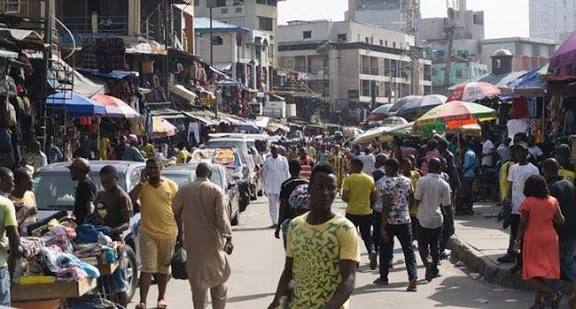According to the World Bank Group, 139 million Nigerians are still living in poverty in spite of the federal government’s reforms, which have increased government revenue at all levels.
This was said by World Bank Nigeria’s country director, Mathew Verghis, during the Wednesday, October 8 launch of the Nigerian Development Update in Abuja.
He pointed out that despite the improvements, poverty has increased since it began to rise in 2019 as a result of poor policy decisions and outside shocks like COVID.
According to Verghis, Nigeria’s economy is growing faster now, as seen by rising revenues, improving debt metrics, a stabilizing foreign currency market, rising reserves, and a slowing rate of inflation.
“These outcomes are precisely what you need to see in a stabilization,” he stated.
“In 2025 we estimate that 139 million Nigerians live in poverty. So the challenge is clear, how to translate the gains from the stabilisation reforms into better living standards for all.”
Verghis emphasised that Nigeria must reduce inflation particularly food inflation, ensure effective use of public funds and expand safety nets, to address the high rate of poverty in the country, and ensure that citizens enjoy the gains of reforms.
“Food inflation affects everybody but particularly the poor and has the potential to undermine political support for the reforms. Use public resources more effectively ensuring that spending drives real development results that benefit people and three, expanding the safety net so that the poorest and vulnerable get support,” he added.
Presenting the overview of the report, titled: ‘From Policy to people: bringing the reform gains home’, Samer Matta, world bank lead economist for Nigeria noted that gross revenues collected as federation allocations have increased greatly in the past 8 months of 2025.
He however decried the huge sum being paid as deductions to revenue collecting agencies, stating that it does not impact development in the country.
According to Matta, the outlook is cautiously optimistic, supported by steady growth, easing inflation, fiscal stability, and a strong external position amid ongoing risks.
According to the report, GDP growth is projected to rise modestly from to 4.4 percent in 2027, driven by strong services, a rebound in agriculture, and improved industrial activity amid a more stable environment.
The Bank expects inflation to ease to 15.8 percent in 2027, supported by tight monetary policy and easing supply pressures, also the fiscal deficit is expected to average 2.7 percent of GDP in 2026-27, supported by rising revenues from tax reforms and lower interest payments, keeping debt stable in the low 40 percent of GDP.
The report showed higher spending by both federal and subnational governments. Subnational governments recorded increase in their capital expenditure (capex), which accounts for almost 60-65 percent of their spending.
It also rose from almost one percent of GDP in 2022 to 2.7 percent of GDP projected in 2025.
However, in the period under review, wages and salaries account for around 70 percent of the spending of the federal government which doesn’t leave too much space for capex.
“The outlook is subject to several risks: growth and disinflation remain vulnerable to oil price shocks, reform fatigue, election uncertainties, and climate shocks,” the report indicated


